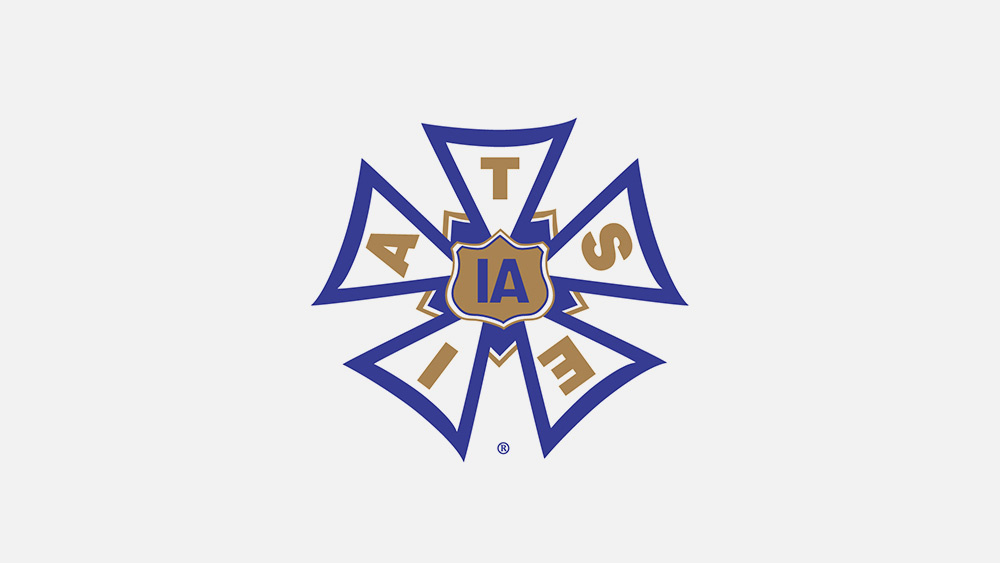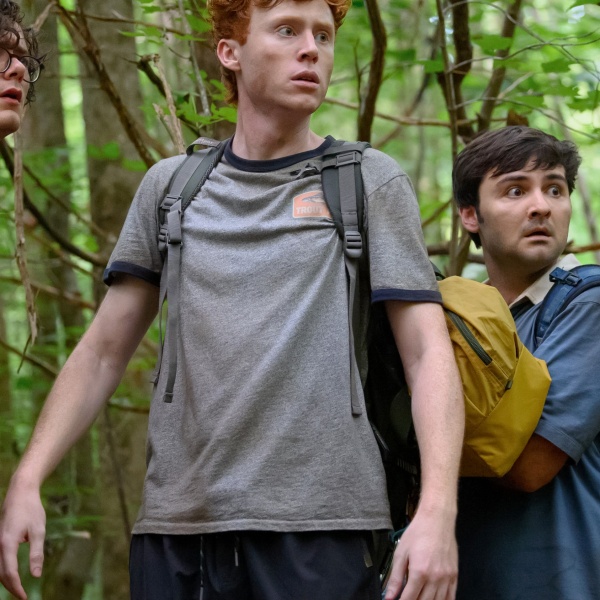After the body blows of last year’s writers and actors’ strikes, the 2024 IATSE negotiation headlines offer hope: At this writing, nine local guilds — including art directors, cinematographers, and editors — have reached tentative deals. The AMPTP has been negotiating with two IATSE locals at a time and is on track to be completed by the end of April.
Except, of course, the real IATSE battle has yet to begin. The individual contracts don’t touch the core issues that impact IATSE’s 13 locals — the ones that make it increasingly hard for workers to maintain a stable middle-class life.
These include negotiations around pay raises, health and pension benefits, AI protections, and what might be called work-life balance — the 15-18 hour workdays, meal penalties, turnaround times, and the Fraturdays (aka the Friday-night shoots that extend into Saturday brunch).
Concerns like these only get stickier: What can “protections” mean when AI continues to iterate at light speed? How can health and pension be protected, or reliably funded, when residuals become increasingly scarce in a streaming-dominated world? And: Sitting at the table with IATSE for health and pension talks will be the Teamsters. With its own expiring contract to re-negotiate, the Teamsters have already indicated real disinterest in compromise.
Those negotiations won’t begin until all West Coast IATSE locals achieve their tentative individual contracts — “tentative,” because their ratification is dependent on IATSE reaching a basic agreement with the AMPTP on these major issues.
All that said: IATSE sources tell IndieWire there is a “cautious optimism” around the progress so far.
That nine locals have come to terms since IATSE negotiations began March 4 is an achievement in its own right. The issues that impact the bottom line for both sides, like staffing, can sound like application mathematics. (Based on the perimeters for a given shoot, how many Local 80 dolly grips are needed and for how many days?)
It’s been six years since these concerns were last negotiated. They were skipped in 2021, when IATSE-AMPTP contract talks prioritized hammering out COVID-19 safety protocols. The current pace suggests IATSE and AMPTP will have a full three months (May-July) to hammer out a basic agreement.
However, IATSE basic dealmaking is inherently complex in ways that actors’ and writers’ negotiations are not. IATSE represents a far wider array of filmmakers and the cinematographer concerns of local 600 don’t pertain to the dolly grips in Local 80 or the script supervisors in Local 871.
IATSE also comes with baggage. Membership actively engaged in 2018 and 2021 negotiations in a way they hadn’t for decades. Ratification of the last two contracts faced real moments of touch-and-go and significant pockets of membership who were frustrated that leadership did not push for more at the bargaining table.
Still, reasons for optimism persist. When IATSE members say they see “momentum,” what they mean is the producers are taking a much different posture than they did last spring. Considering the degree to which the AMPTP dragged its heels with the WGA (in hindsight, that’s a generous characterization), the brisk pace suggests the AMPTP understands why the basic agreement need a full three months to negotiate.
That newfound perspective cuts both ways: Producers tell IndieWire that studios are skittish about extending cash flow to U.S.-based productions with summer start dates and more enthusiastic about foreign shoots outside the reach of IATSE and the Teamsters.
The work to create a three-month runway and the studios’ production strategies testify to the same thing: The AMPTP takes the unions at their word. What that will mean, however, still remains to be seen.





